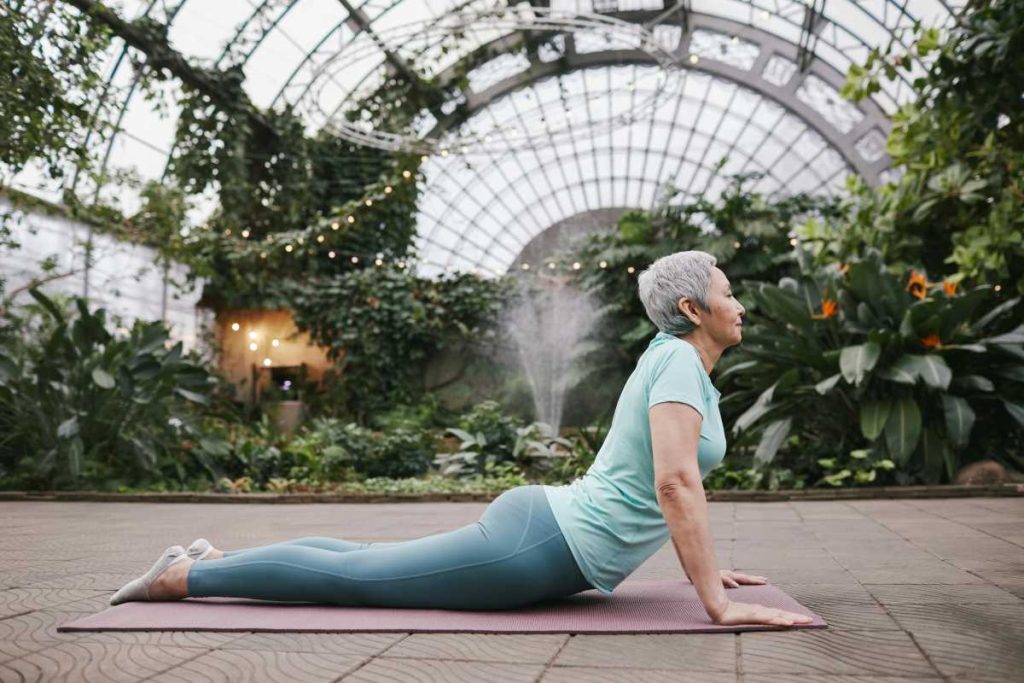Anxiety is a natural response to stress, but it can sometimes feel overwhelming and difficult to manage. Whether it’s a racing heart, endless worries, or a constant feeling of unease, anxiety affects millions of people daily. Luckily, there are practical steps you can take right now to ease your mind and bring a sense of calm. In this blog, we’ll explore five simple and effective strategies that can help you reduce anxiety quickly and start feeling more grounded.
1. Practice Deep Breathing
When anxiety strikes, your body’s “fight-or-flight” response can make your breathing shallow and rapid, which only heightens feelings of stress. One of the quickest ways to calm your mind is by focusing on deep, intentional breathing. Deep breathing activates your body’s relaxation response, slowing your heart rate and helping you feel more grounded.
How to Practice Deep Breathing:
- Step 1: Find a quiet spot to sit comfortably and place one hand on your stomach.
- Step 2: Take a slow, deep breath through your nose, allowing your stomach to rise as you fill your lungs with air.
- Step 3: Hold your breath for a count of four.
- Step 4: Exhale slowly through your mouth, letting your stomach fall.
- Repeat: Continue for 5–10 cycles, focusing on the rise and fall of your breath.
By simply taking a few minutes to breathe deeply, you can reset your body’s stress response and feel more centered.

2. Ground Yourself with a “5-4-3-2-1” Exercise
Anxiety often pulls us into our thoughts, making it hard to stay focused on the present moment. The 5-4-3-2-1 grounding technique is a great way to bring yourself back to the here and now by engaging your senses and refocusing your mind.
How to Do the 5-4-3-2-1 Exercise:
- Notice 5 things you can see around you, such as colors, objects, or patterns.
- Identify 4 things you can touch, like the texture of your clothing, a soft blanket, or a smooth surface.
- Acknowledge 3 things you can hear, like birds chirping, the hum of a fan, or distant voices.
- Focus on 2 things you can smell—a candle, fresh air, or even a comforting hand lotion.
- Pay attention to 1 thing you can taste, like a mint or the lingering flavor in your mouth.
Using this exercise helps redirect your attention to your immediate surroundings, shifting focus from anxious thoughts to sensory experiences that calm and ground you.
3. Move Your Body
Physical movement is one of the most effective ways to reduce anxiety. Exercise releases endorphins—your brain’s natural mood boosters—that help you feel more relaxed and in control. You don’t need an intense workout; even light movement can make a difference in how you feel.
Simple Movement Ideas:
- Go for a brisk walk: Step outside, take a short walk around the block, and let your mind clear as you move.
- Stretch your muscles: Do some gentle stretching, focusing on areas where tension might build up, like your shoulders, neck, and back.
- Try a short yoga routine: Look for an easy yoga video online and spend a few minutes doing calming poses.
Moving your body, even in small ways, can help release stored-up tension, lower your stress hormone levels, and make it easier to manage anxiety.

4. Reframe Anxious Thoughts
Anxiety often comes from worrying about things that might happen in the future. Reframing these thoughts can help you look at your situation from a different perspective, easing worry and preventing you from spiraling into worst-case scenarios.
How to Reframe Thoughts:
- Acknowledge the Thought: Notice when you’re having an anxious thought and label it as just that—a thought, not a fact.
- Challenge Its Validity: Ask yourself if there’s solid evidence to support your worry. Often, anxiety is rooted in “what ifs” that aren’t likely to happen.
- Replace with a Positive Reframe: Shift your thinking to focus on what you can control or take a more balanced view of the situation. For example, instead of “I’ll mess up this presentation,” try thinking, “I’ve prepared, and I’ll do my best.”
Practicing this mental shift can help you break the cycle of anxious thoughts, allowing you to approach your worries with a clearer, calmer mind.
5. Practice Self-Compassion
When anxiety strikes, it’s easy to feel frustrated with yourself, which can worsen feelings of stress. Practicing self-compassion means treating yourself with kindness, patience, and understanding, just as you would a friend. This helps reduce the pressure you place on yourself and creates a sense of inner peace.
How to Practice Self-Compassion:
- Acknowledge Your Feelings: It’s okay to feel anxious. Remind yourself that everyone experiences anxiety at times, and you’re not alone.
- Offer Yourself Kind Words: Say something supportive, like, “This is tough, but I’m doing my best.”
- Take a Small Comforting Action: Wrap yourself in a cozy blanket, make a warm cup of tea, or engage in a soothing activity, like reading a book or listening to calming music.
Being kind to yourself during moments of anxiety not only helps you feel better in the moment but also builds resilience, making it easier to manage anxiety in the future.
Conclusion
Anxiety can feel overwhelming, but you don’t have to face it alone. By practicing these simple, actionable strategies—deep breathing, grounding exercises, physical movement, reframing thoughts, and self-compassion—you can create a toolkit to help you manage and reduce anxiety whenever it arises. Remember, these small steps add up, and with time, they can lead to lasting changes in your ability to handle life’s challenges with more calm and confidence.

